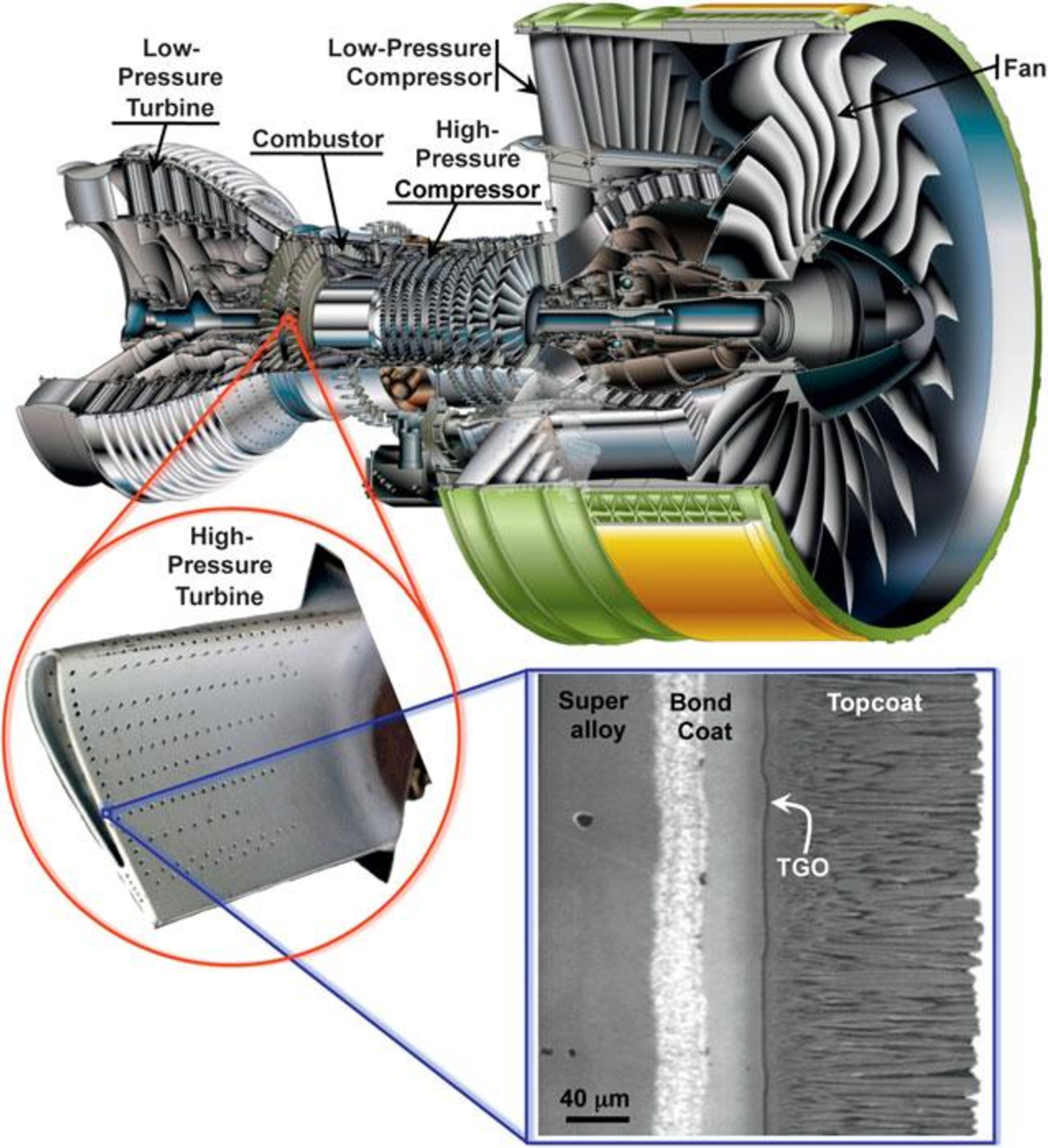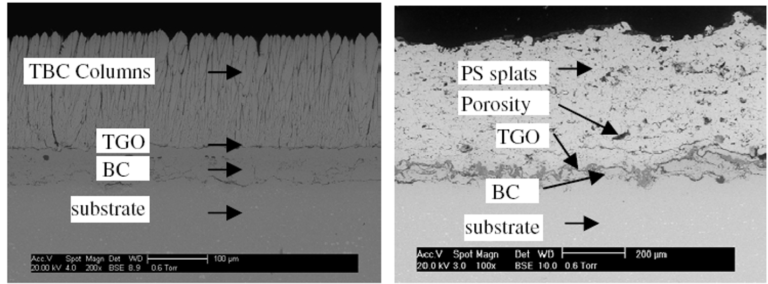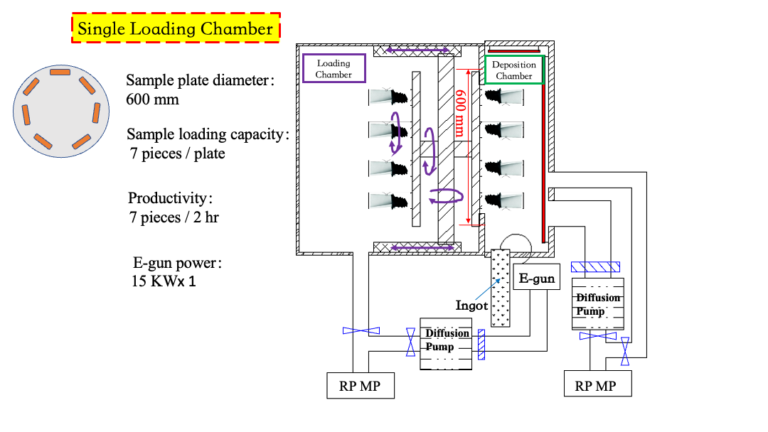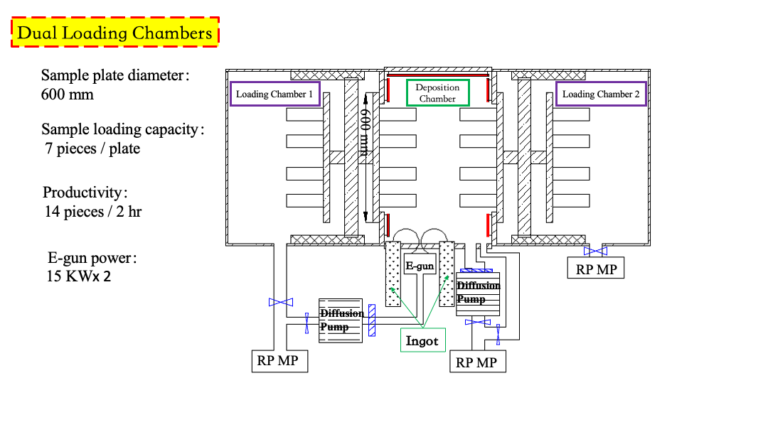Products
Thermal Barrier Coating
Thermal barrier coating (Thermal Barrier Coating) is a layer of ceramic coating, which is formed on the surface of high-temperature resistant metal or superalloy. The thermal barrier coating acts as a heat insulation for the substrate material, reducing the temperature of the substrate, and making it devices (such as engine turbine blades) can operate at high temperatures with thermal efficiency improved to more than 60%.
Thermal Barrier Coating Application
With the development of aviation, aerospace and civil technology, the temperature requirements of hot-end components are getting higher and higher, which has reached the limit of high-temperature alloys and single crystal materials. Take the heated parts of fuel turbines such as nozzles, blades, and combustion chambers as examples, they are exposed to harsh environments such as high-temperature oxidation and high-temperature air erosion. They can withstand temperatures as high as 1100ºC, which has exceeded the limit temperature (1175ºC) used for high-temperature nickel alloys. The thermal barrier coating prepared by combining the high strength and high toughness of metal with the high temperature resistance of ceramics can solve the above problems. It can play a role in heat insulation, oxidation resistance and corrosion resistance. It has been used in steam turbines, Diesel generators, jet engines and other hot-end materials to extend the service life of the hot-end components.
In order to improve the high temperature resistance and corrosion resistance of gas turbine blades and rocket engines, NASA (National Aeronautics and Space Administration)-Lewis Research Center in the United States proposed the concept of thermal barrier coatings as early as the 1950s. After a long period of exploration in the selection of coating materials and the preparation process, a major breakthrough was made in the early 1980s, laying a solid foundation for the application of thermal barrier coatings. The literature shows that the current advanced thermal barrier coatings can reduce the temperature of the hot end parts of high-temperature engines by about 170k in the working environment. With the application of thermal barrier coatings on the hot-end components of high-temperature engines, people realize that the application of thermal barrier coatings can not only improve the resistance of the substrate to high temperature corrosion, to further increase the engine working temperature, but also reduce fuel consumption and increase efficiency and prolong the service life of hot-end components. Compared with the development of new high-temperature alloy materials, the research cost of thermal barrier coatings is relatively low, and the process can also be implemented.


EB-PVD TBC & APS-TBC

EB-PVD TBCs
Typical columnar crystal structure
Good mechanical properties, large strain tolerance
Poor heat insulation, better erosion performance than APS coating
APS TBCs
Porous and multi-cracked layered structure
Poor mechanical properties
Good heat insulation, relatively low preparation cost, faster erosion rate
Next Generation of Thermal Barrier Coating Equipment
Combining the three major elements of (European and American key material components), (Japanese thermal barrier coating preparation parameters) and (Taiwan large-scale vacuum equipment manufacturing experience), we have developed a low-cost, lightweight, and high-efficiency mass production equipment. A new generation of thermal barrier coating equipment (IOC-SEVD 300) with coating quality.

